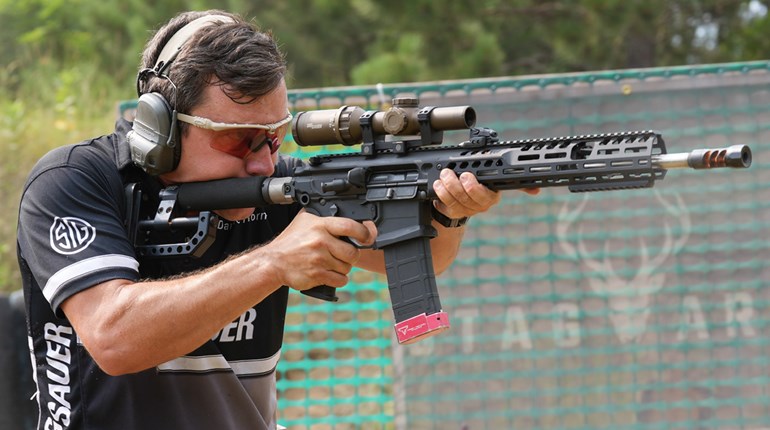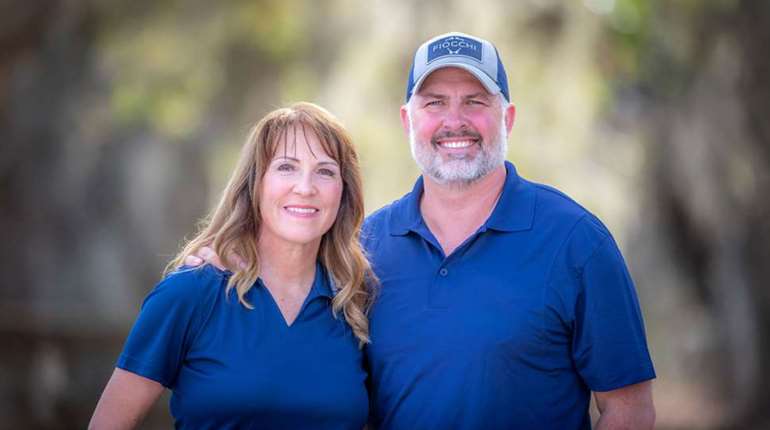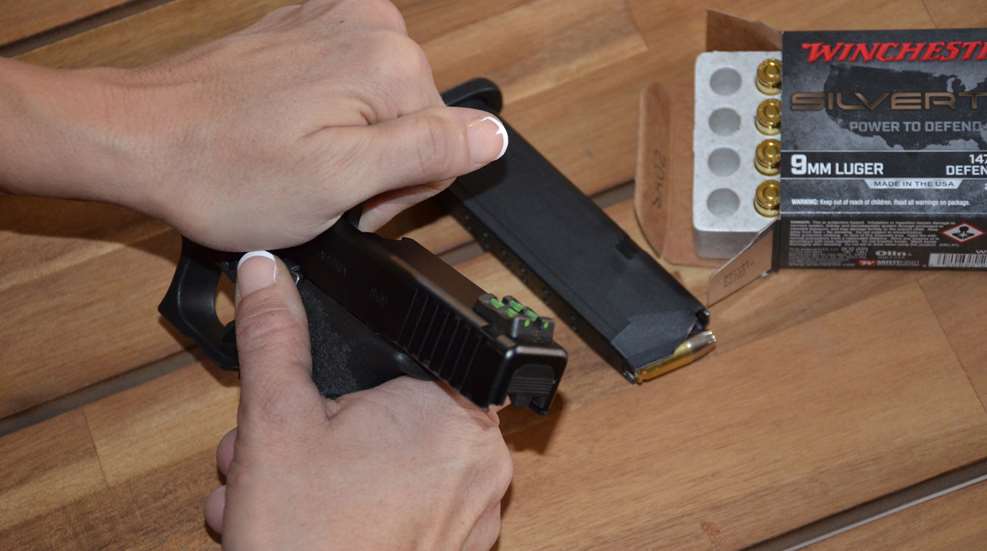
With the record-breaking number of new gun owners comes the need to learn the basic information on the safe and proper use of firearms. One of the most common states that you might need to put your semi-auto pistol in is slide lock, and you should understand what it means and how your gun gets there.
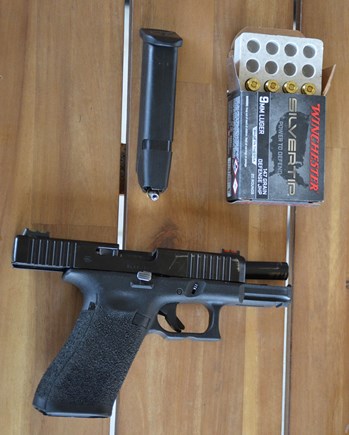
What Does Slide Lock Refer To?
Simply put, slide lock refers to locking the slide back or open on a semi-automatic pistol. The actual part of the gun that locks the slide open is properly called the "slide stop" or "slide release." Regardless of which term is used, the most important thing is to understand what it means and how it works.
How to Place Your Gun In Slide Lock
There is usually a small tab or lever on the left side of the firearm that fits into a notch in the slide. When the slide is pulled back, the lever and notch line up, and it is at this point that the lever can be pushed up to lock open the slide. This lever is what’s usually pointed to when someone describes a slide stop. It works in tandem with the notch on your slide to actually lock the firearm open.
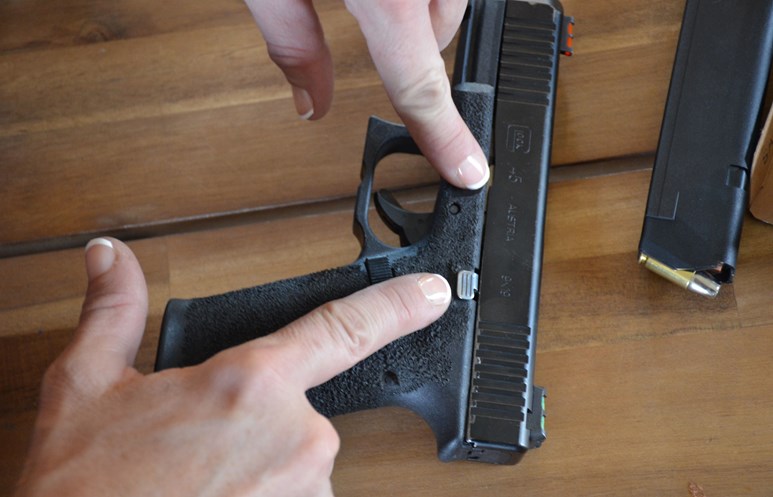
The term "slide lock" is used both as a noun and a verb. You might hear the term "slide lock" used in a training class or as part of range commands, for example, “All handguns must remain on the table, slide locked open until directed to load.”
Slide lock is also a condition that occurs when you have a magazine inserted in the gun without ammunition. If a gun is fired until it is empty, and it has a magazine inserted, the slide should automatically lock back. There are a few exceptions: Some slides will not lock back because of modifications. When a gun is fired until it is empty, the magazine follower pushes up on the inside of the slide stop, and it engages in the notch in the slide and locks it back. When there is ammunition in the magazine, the follower is compressed (it’s underneath the bullets) and it will only be at the top of the magazine once all the rounds have been shot.
Assuming there were no malfunctions, this should only happen when the magazine is empty. One the slide locks back on an empty magazine, hitting the magazine release drops it. The slide remains locked back because the slide stop is engaged, which facilitates inserting a new magazine.
When a magazine is inserted into an empty gun, the follower inside the magazine will also activate the slide stop. If the slide is pulled back or it was already open, the slide will not close until the magazine has been removed or dropped below where it meets the slide stop, and is no longer able to force the slide stop upward.
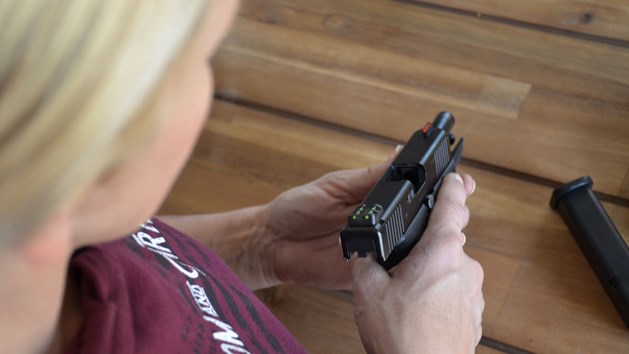
Reasons You Might Place Your Gun In Slide Lock:
1. A slide should be locked back to inspect the chamber and determine if the gun is loaded.
2. Locking the slide back can make a pistol with a difficult to manipulate slide easier to load. If your hands are not very strong, or the slide is very difficult to pull back in order to chamber a round, locking the slide back before inserting the magazine can help. Simply pull the slide rearward and then let it go (like a slingshot), and the slide will chamber a round as it moves forward.
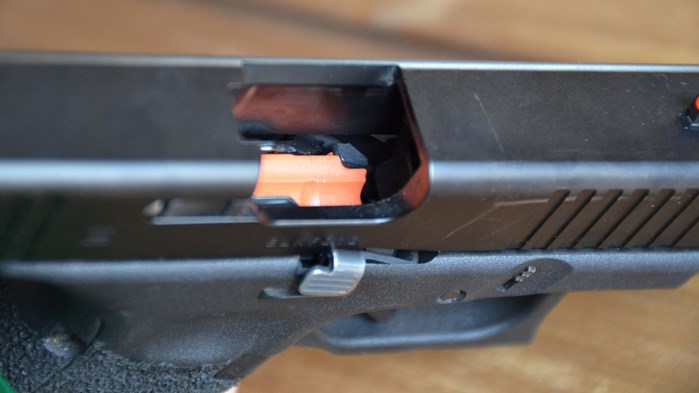
Troubleshooting
It's important to understand that some guns might not lock open. This is a situation where you might need to use an empty chamber indicator, if you are at a range that requires the gun to be locked open when not actively shooting. Consult the range officer on protocol if you are unable to lock the slide back.
It’s also important to know that on a semi-automatic firearm, the slide should not lock back between shots, if your mag is fully loaded. This malfunction usually indicates that your grip needs adjustment; you might be bumping the slide stop as you shoot or on recoil. It’s a great reason to always seek out instruction before you take your first trip to the range and learn about common malfunctions.
Knowing what will happen when your magazine runs empty and how to proceed is a necessary concept to master. Understanding how the slide locking open happens is part of learning to shoot a pistol.














